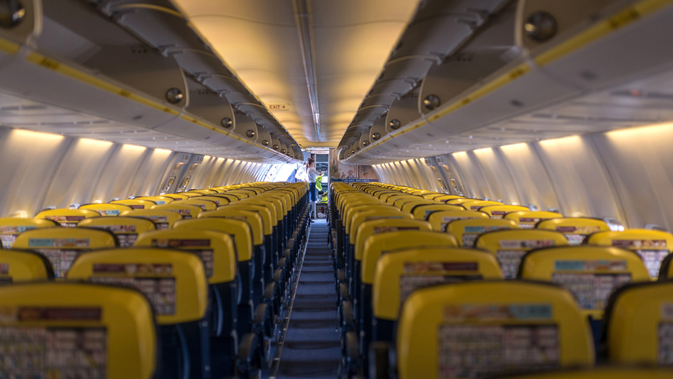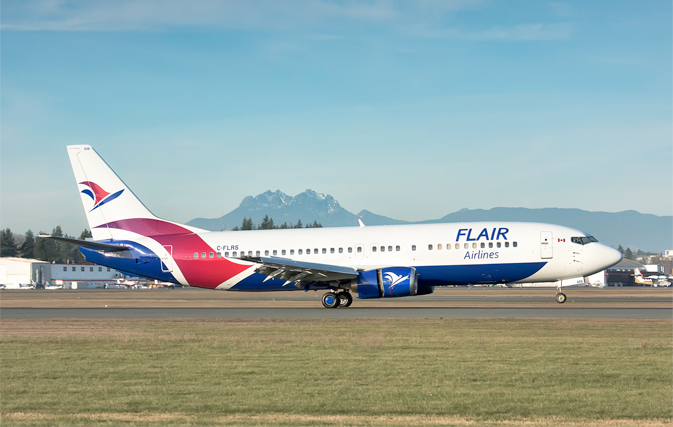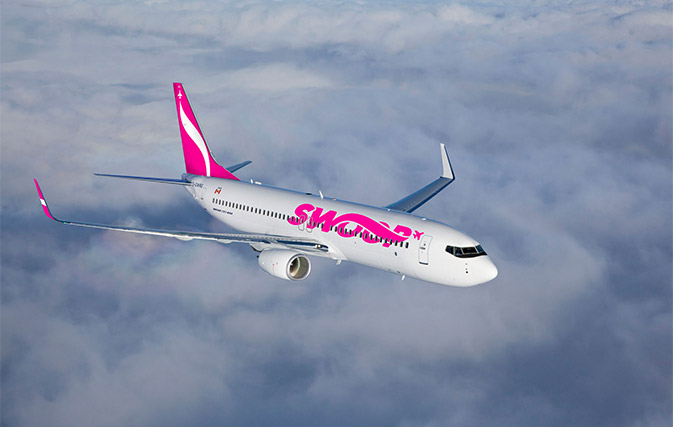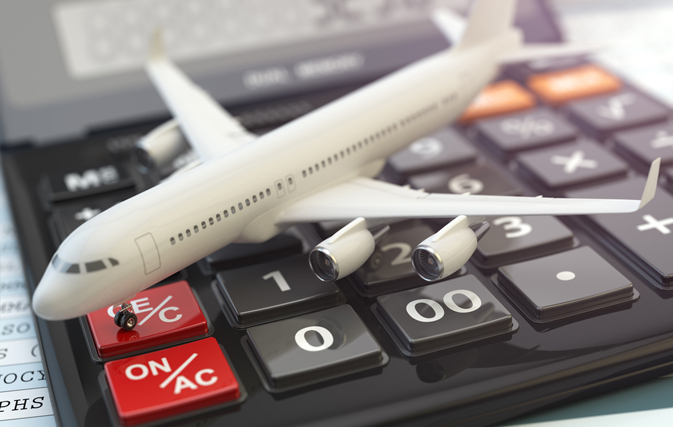This story originally ran in the December 21st, 2017 issue of Travelweek magazine. To get Travelweek delivered to your agency for free, subscribe here.
TORONTO — The Canadian skies are about to be filled with a new crop of ultra low-cost carriers (ULCCs) vying for deal-minded Canadian travellers looking for an inexpensive way of getting from A to B. The ULCC airline movement began in Europe and has since successfully migrated to both the U.S. and most of Asia. Canadians have long looked at carriers like easyJet, Ryanair, AirAsia, Spirit and Allegiant and asked, why not in Canada?
Many have argued that the unique aspects of the Canadian marketplace – and by that they mean 36 million Canadians spread over 9.98 million square kilometres – make the ULCC business model unworkable. Where the ULCC model has thrived is in high-population density regions.
Additionally, the ULCC model has been most successful in regions where airlines have been able to connect large urban areas that are fairly close to each other – about 1 to 2 hours’ flying time apart. Ryanair in Europe and Allegiant in the U.S. are prime examples of this traditional ULCC feature. The Canadian population density sits at about 3.7 people per square kilometre and is among the lowest in the world. Fairly recent low-cost and ultra low-cost casualties that faced this issue in Canada include Canada 3000, CanJet, Harmony, Jetsgo, Roots Air and Zoom.

Ryanair in Europe and Allegiant in the U.S. are prime examples of this traditional ULCC
Some Canadian passengers think the country already has a ULCC with Air Canada Rouge. While Air Canada Rouge utilizes some aspects of a ULCC business plan (think more ancillaries and lower employee costs), Air Canada Rouge is more of an LCC.
Over the next year a varied group of entrepreneurs is going to attempt to show that in reality, Canada is not so different from Europe, Asia or the U.S. when it comes to ULCCs. The question is, will they be successful?
Flair Airlines is already up and running. Many believe Flair was simply a re-branding of virtual ULCC NewLeaf, but this is not the case. What’s a virtual ULCC? This is when a travel company – NewLeaf in this case – brands the airline and puts its own livery on the planes, but operates as a reseller for the airline’s fares, and is not the airline itself. NewLeaf was never an actual airline and it used planes chartered from Flair Airlines.

Flair Airlines’ new livery
When Flair Airlines announced it was buying NewLeaf this past June, Flair’s management decided to continue NewLeaf’s business plan. Since it didn’t have to charter aircraft, as NewLeaf did, it could have lower costs. Flair Airlines had operated as a cargo and charter airline in Canada for more than a dozen years prior to this ULCC experiment. Flair has a fleet of Boeing 737-400s for its operation with plans for two more aircraft to join the fleet in 2018.
In December 2017 Flair announced it was offering GDS access to its fares via Amadeus with Travelport (Galileo/Worldspan) access looking likely for January 2018. Discussions with Sabre are also in the works.
Flair has also indicated that it is planning to grow and start international flights, and news about the expansion could be coming in these early months of 2018. Flair said it expects to add four more Boeing aircraft to accommodate the nearly 1.5 million ULCC passengers that are forecast to use Flair in 2019.
Meanwhile WestJet plans to launch Swoop in June 2018, with two Boeing 737-800s. That number is expected to increase to six by September 2018 and to 10 by summer 2019.

When WestJet announced the Swoop name back in September, Bob Cummings, WestJet Executive Vice-President, Strategy said, “It’s a powerful verb that demonstrates we plan to swoop in to the Canadian market with a new business model that will provide lower fares and greater opportunity for more Canadians to travel.” When WestJet launched in 1996 it was positioned as a “great leap forward for Canadian air travel”, and a no-frills LCC. More than 20 years later WestJet flies to more than 100 destinations and has its sights set on becoming a global carrier.
This is the first installment of a two-part series. Click here to read Part 2.
Michael Schoenberger is an aviation and travel industry expert and freelance travel writer.
This story originally ran in the December 21st, 2017 issue of Travelweek magazine. To get Travelweek delivered to your agency for free, subscribe here.
